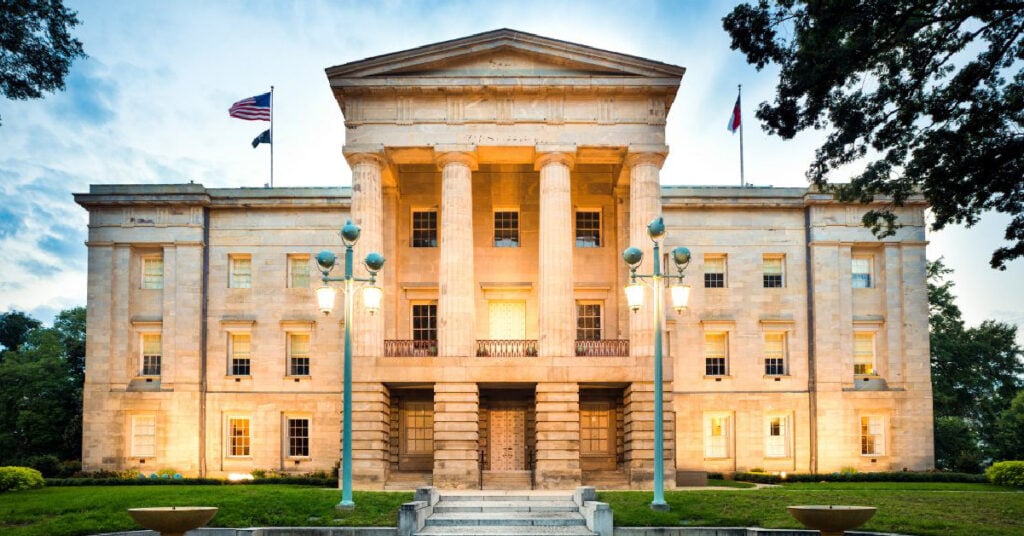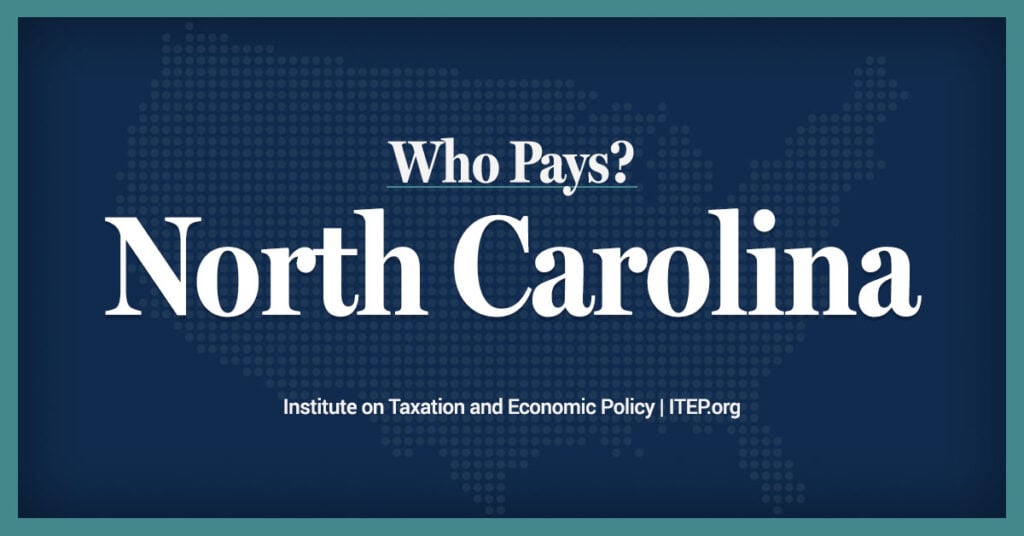Post on February 14, 2011 by Ed McLenaghan
Note: This is Part 3 in a series of posts on revenue modernization in advance of Thursday’s release of the NC Budget & Tax Center’s 2011 Revenue Modernization Plan. You can read Part 1 and Part 2 here.
North Carolina’s state and local tax system violates one of the core principles of sound and equitable tax policy: that taxes paid should be based on ability to pay.
Basing taxes on ability to pay is a concept as least as old as Adam Smith, who suggested in The Wealth of Nations that it would be “not very unreasonable” for the wealthy to contribute a greater proportion of their income in taxes than others. It was clear even then that, because a low-income family must spend a greater share of their income in basic necessities, it is much easier for high-income families to pay a tenth of their income in taxes than it is for a low-income family.
In North Carolina, however, the lowest-income families pay the highest share of their income in state and local taxes (see chart below). Despite having a progressive state income tax and several tax credits targeting low- and middle-income families, state and local sales and excise taxes hit low-income families particularly hard (for the latter, that primarily includes the gas tax and alcohol and tobacco taxes).
Even before the passage of the temporary tax package in 2009, which asked more than twice as much from low-income families than high-income families due to its primary reliance on a one-percentage point increase in the state sales tax, families in the bottom fifth of the income spectrum (who earn less than $17,000 per year) paid nearly 40 percent more of their income in state and local taxes than the wealthiest 1 percent of North Carolinians (households with incomes over $400,000 per year).
In addition to addressing the inadequacy and volatility addressed in the last post in this series, comprehensive revenue modernization must address the current upside-down structure of North Carolina’s state and local tax system. At the very least, revenue modernization must not increase the amount that North Carolina relies on low-income North Carolinians to fund the public structures that benefit all North Carolinians. Increasing the state’s reliance on sales or excise taxes without credits to offset the impact on low-income families’ budgets, as some have proposed, would exacerbate the upside-down nature of state and local taxes in North Carolina and push more of the costs of the state’s public structures onto those with the least ability to pay.
Comprehensive revenue modernization must take into account the long-term adequacy, stability, and equity of North Carolina’s revenue system. Towards this end, North Carolina policymakers should heed the advice of Adam Smith and ensure that state and local revenues in the North Carolina are rightly based on ability to pay.




